King’s Bounty is something of a tactical gaming classic, released all the way back in 1990. That’s 31 years ago, essentially the Dark Ages. Since then, a lot has changed, and developer 1C Entertainment has always tried to keep the franchise moving forward as technology and gaming have developed.
In King’s Bounty 2, the series takes its most ambitious leap forward, becoming an over-the-shoulder, third-person RPG. The game places far more emphasis on exploring the world and interacting with characters than ever before. As a result, this iteration potentially has more broad appeal than any other game in the series. Sadly it is not without flaws, precisely because of these attempts to widen the playerbase.
One of the most significant issues that King’s Bounty 2 runs into is that it wants just a little bit too much, and a lack of focus causes it to suffer. There is a central sense of confusion in the game as it attempts to marry the idea of you exploring the world with you fighting in it.
The best example of this is that you are given a weapon at the start of the game, but it’s not something that you will ever use. To be clear, in the world of the game, which is filled with monsters and dangerous things, it makes complete sense that your character has a weapon. Any well-prepared person in a world populated by feral wolves and massive bears would be armed.
It falls apart because combat is turn-based strategy, and your character is not involved. You play as the commander of an army, and you control that army during battles, and you can use magic, but you do not fight alongside your people. You don’t fight outside of those tactical battles at all, which leads to something of a disconnect. It’s not damning, but it is indicative of the problems that haunt King’s Bounty 2.
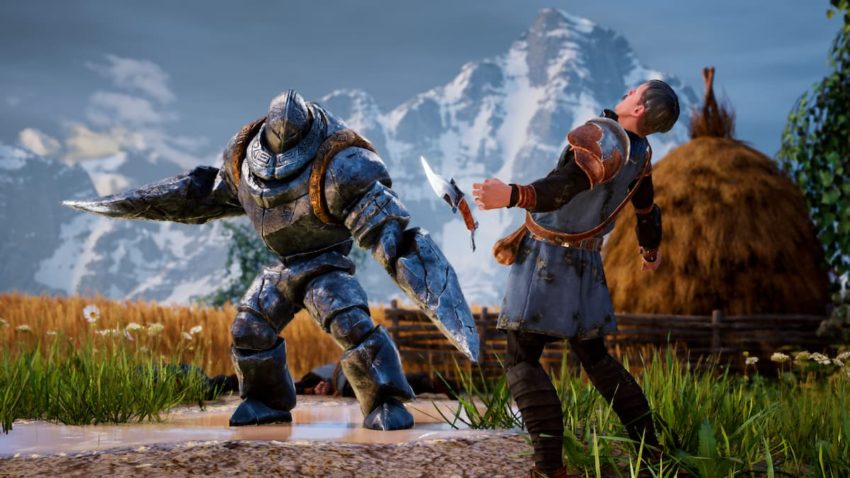
The game is at its best in combat. Tactical, turn-based combat is definitely something you either love or hate, but King’s Bounty 2 knows what series fans like, and it offers up plenty of it. You can have up to five different units in your army, and they will be anything from men armed with spears and bows to units of animals or stranger creatures.
Combat is fun and challenging, but there can be some problems with screen readability from time to time. The game is also pretty light on tutorials, and many aspects of the combat system will need to be learned from trial and error. Players shouldn’t be afraid to roll back to a save file at the start of an encounter if they make a blunder but end up learning from it.
One of the most critical systems in the game is the Ideals system, something that effectively divides all available troops into four different factions. As you play through the game, you will need to make certain decisions that align with Order, Anarchy, Power, or Finesse. Doing so will slowly pledge your allegiance to the relevant factions. This will impact your troop choices and even how the game ends.
Unfortunately for RPG fans, this area of the game is King’s Bounty 2’s biggest weakness. The voice acting can be pretty wooden, and the dialogue is stilted, to say the least. While the world you explore can be fascinating, filled with little secrets and delicate design touches that really make it pop, the story that unfolds there is just a little too traditional to shine.
It’s almost a shame that King’s Bounty 2 decided to bring in some of the changes that it did, such as the expanded RPG elements and the more realistic visuals. It’s hard to shake the feeling that by doubling down on what the series always did well and perhaps getting even more fanciful with how the world appeared, that the game may have genuinely been able to stand out.
As it stands, this is certainly something that will appeal to series veterans, but it’s hard to imagine too many other players being drawn into the King’s Bounty universe.


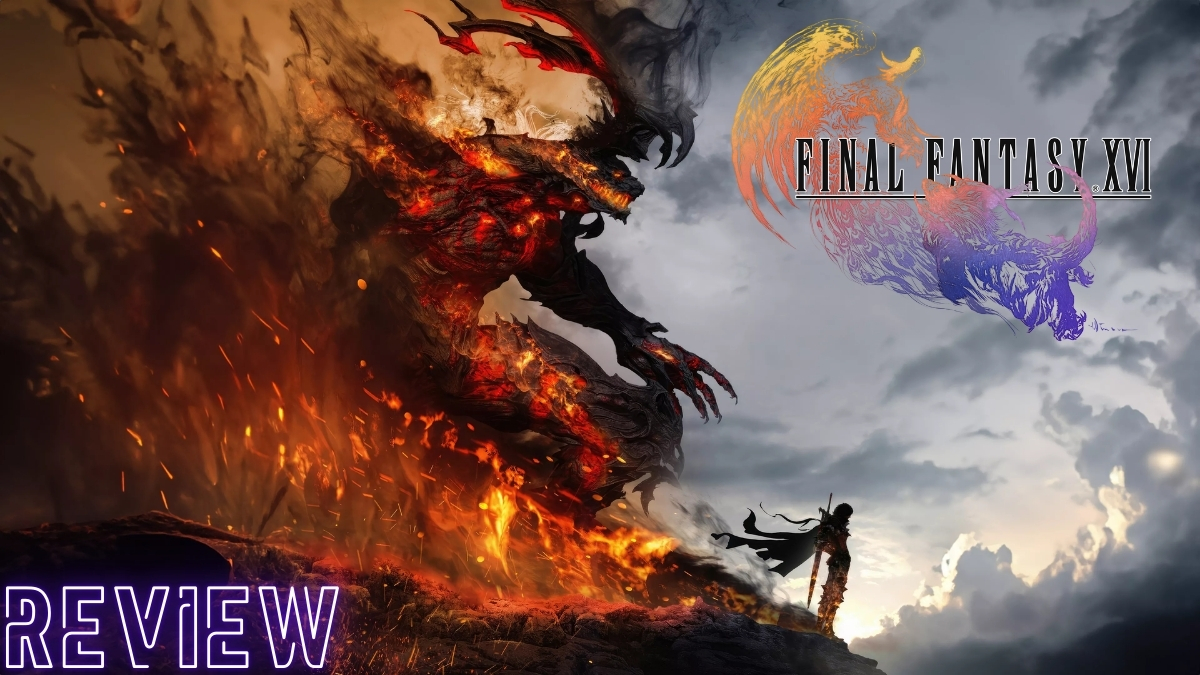

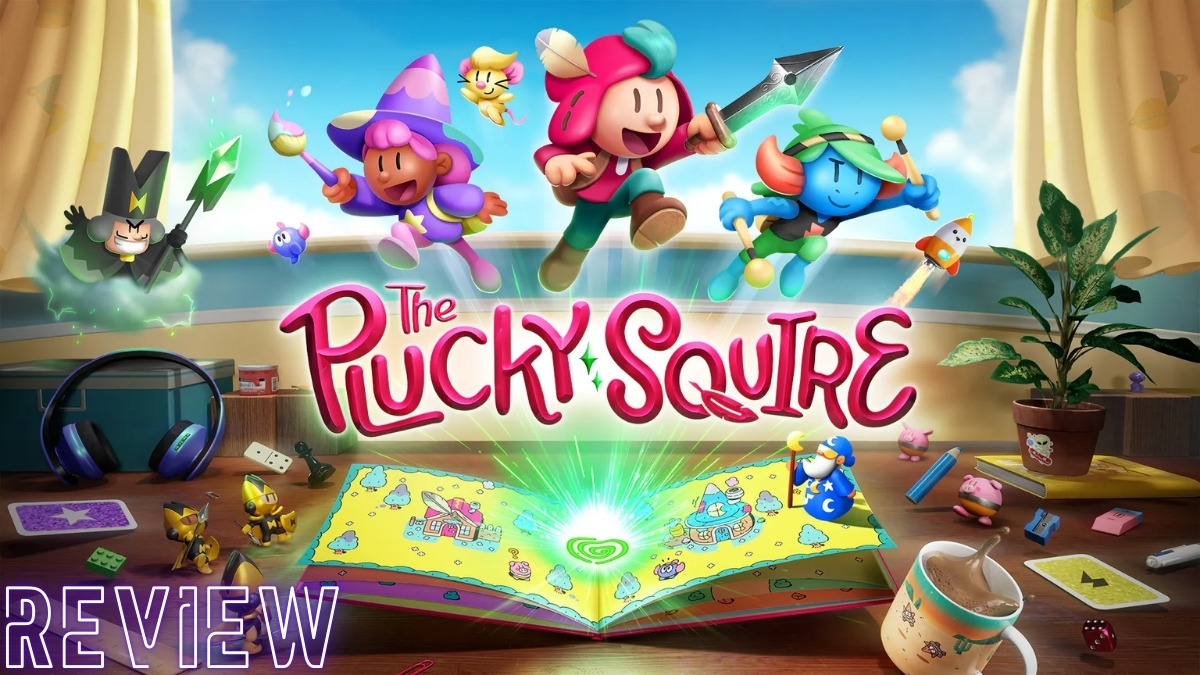
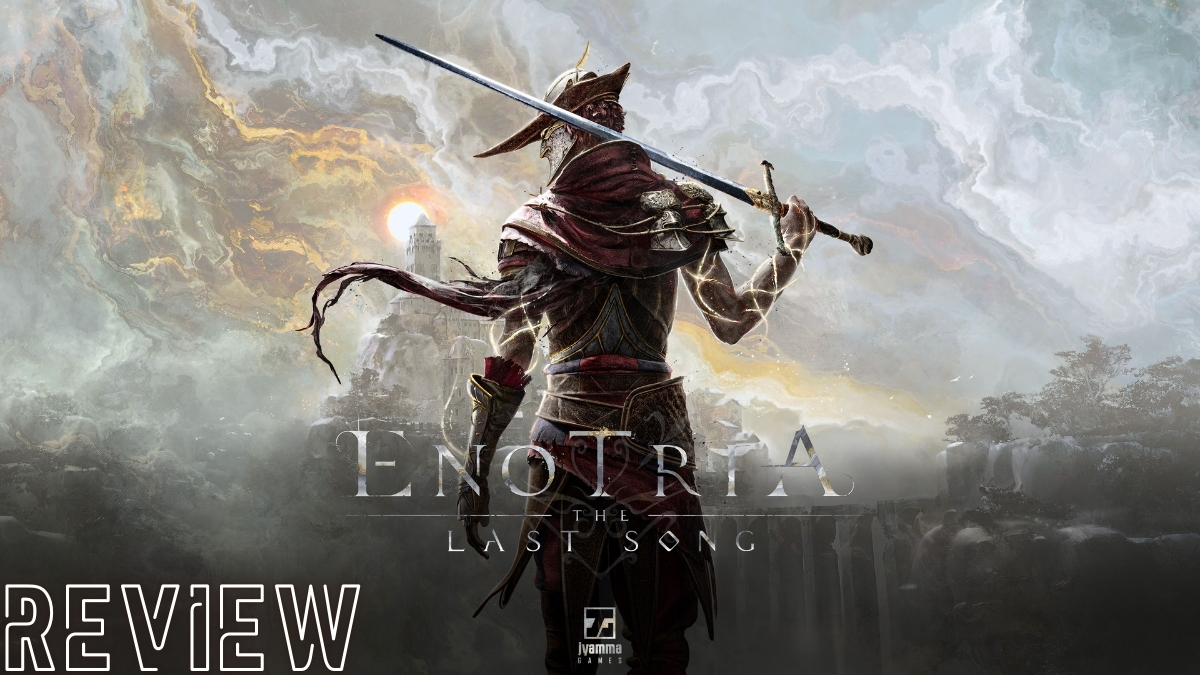
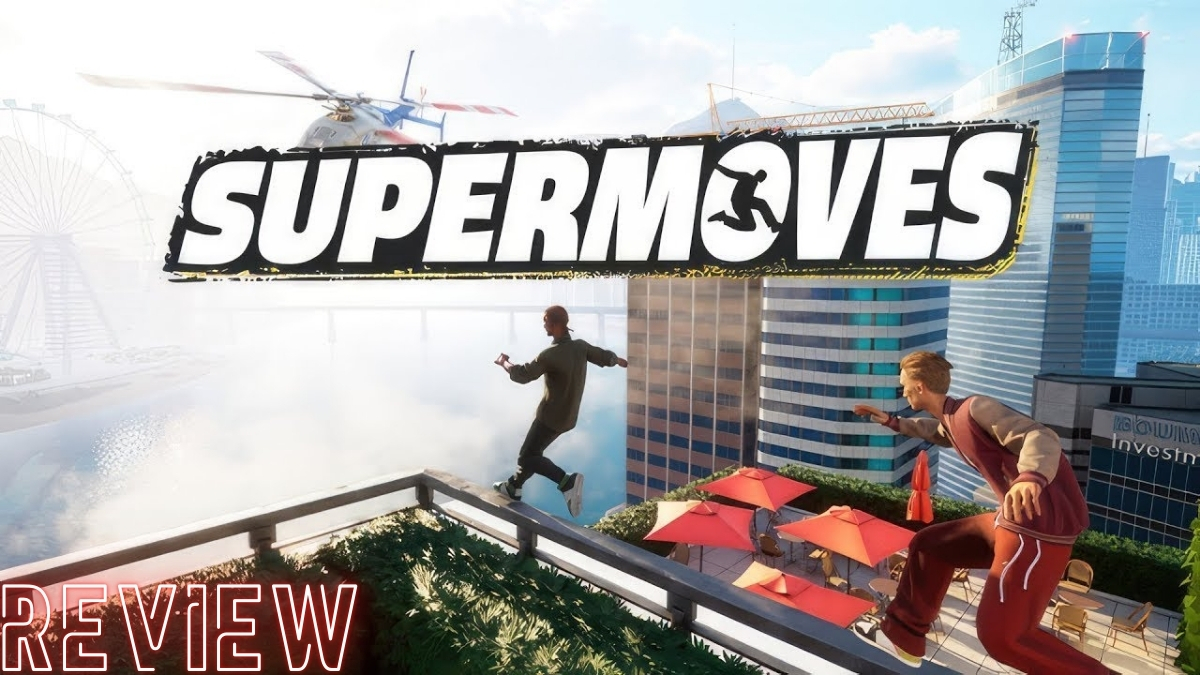
Published: Aug 28, 2021 11:52 am